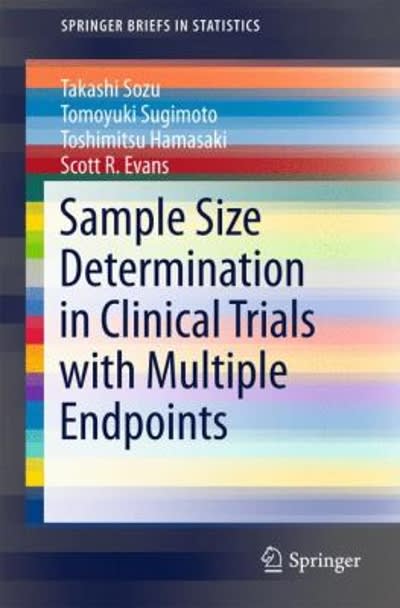Question
Hello I need help with two questions. Please see below. Research Background A study by Chein, Albert, O'Brien, Uckert, and Steinberg (2011) found that when




Hello I need help with two questions. Please see below.
Research Background
A study by Chein, Albert, O'Brien, Uckert, and Steinberg (2011) found that when a peer was present while driving, adolescents (14-18 year olds) engaged in more risky driving decisions and crashed more frequently during a driving simulation than young adults (19-22 year olds) and adults (24-29 year olds). This finding provides rationale behind the laws prohibiting the number of non-family passengers for adolescent drives in many states. Imagine we conducted a similar study in which we recruited 12 adolescents, 12 young adults, and 12 adults to perform a brief 6-minute driving simulation while a same-age peer was watching. For each participant the number of times they crashed was counted and the hypothetical data was entered into the provided SPSS dataset. Your task for Part I will be to analyze the results of this study using a one-way between-subjects ANOVA.
SOURCE: Chein, J., Albert, D., O'brien, L., Uckert, K., & Steiniberg, L. (2011). Peers increase adolescent risk
taking by enhancing activity in the brain's reward circuitry. Developmental Science, 14, F1-F10. doi:10.1111/j.1467-7687.2010.01035.x




Step by Step Solution
There are 3 Steps involved in it
Step: 1

Get Instant Access to Expert-Tailored Solutions
See step-by-step solutions with expert insights and AI powered tools for academic success
Step: 2

Step: 3

Ace Your Homework with AI
Get the answers you need in no time with our AI-driven, step-by-step assistance
Get Started


